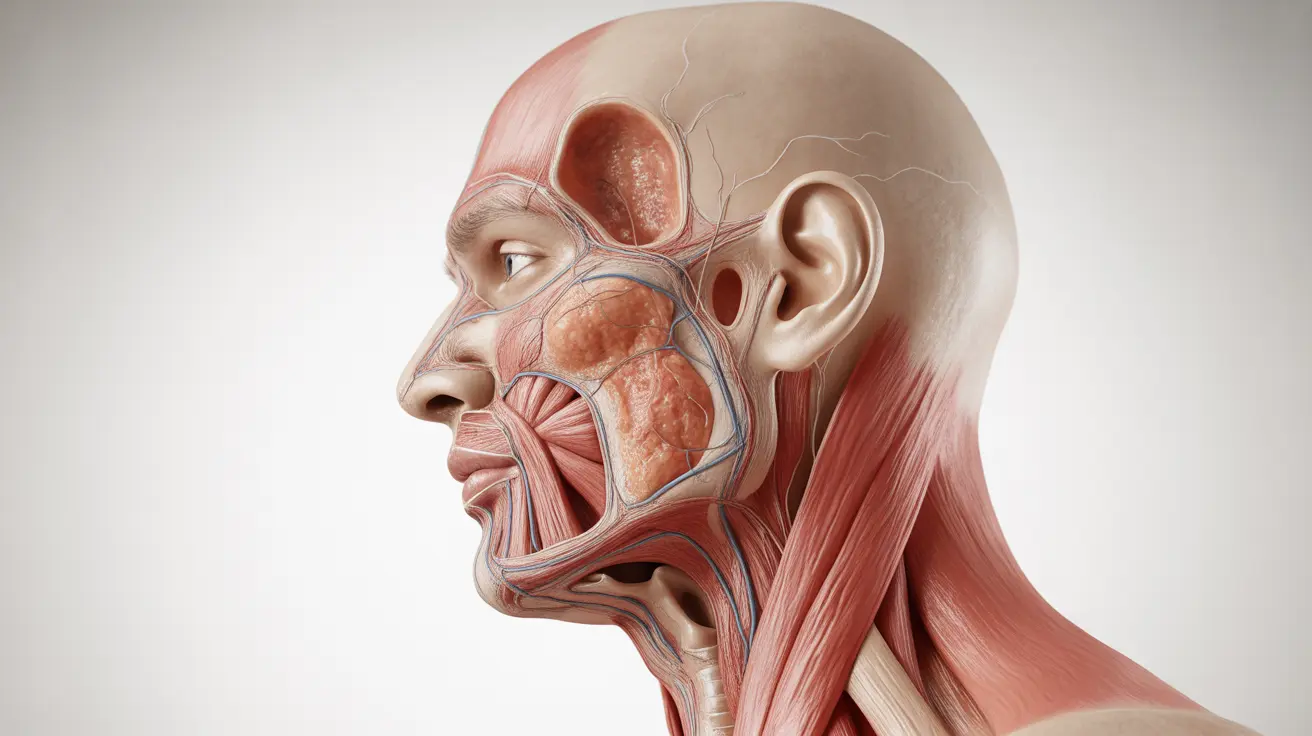The human leg's bone anatomy is a remarkable feat of biological engineering, providing the foundation for our ability to stand, walk, run, and perform countless daily activities. Understanding the structure and function of leg bones is crucial for anyone interested in human anatomy or dealing with leg-related health concerns.
In this comprehensive guide, we'll explore the main bones that comprise the leg, their interconnected relationships, and their vital roles in movement and stability. We'll also discuss common conditions affecting these essential skeletal components and their treatments.
Major Bones of the Leg and Their Functions
The leg consists of several major bones, each serving specific purposes in mobility and support:
The Femur: The Powerhouse of the Leg
The femur, or thighbone, is the longest and strongest bone in the human body. It extends from the hip joint to the knee and plays a crucial role in:
- Supporting body weight
- Providing attachment points for powerful leg muscles
- Transferring force from the hip to the knee during movement
- Maintaining stability during standing and walking
The Tibia and Fibula: Lower Leg Support System
The tibia (shinbone) and fibula work together in the lower leg, with distinct roles:
- The tibia bears most of the body's weight
- The fibula provides stability and muscle attachment points
- Together they create a framework for ankle movement
- Both bones help maintain lower leg alignment
The Patella: The Knee's Protector
The patella (kneecap) is a specialized bone that serves several important functions:
- Protects the knee joint
- Increases leverage for the quadriceps muscles
- Improves efficiency of leg extension
- Helps maintain proper knee tracking during movement
The Connection to Foot Bones
The leg bones connect to the foot through the ankle joint, creating a complex network of bones that includes:
- The talus (ankle bone)
- The calcaneus (heel bone)
- The tarsal bones (midfoot)
- The metatarsals and phalanges (forefoot)
Common Leg Bone Conditions and Treatments
Several conditions can affect leg bones, requiring various treatment approaches:
Fractures and Breaks
Common fracture types include:
- Stress fractures from repetitive impact
- Traumatic fractures from sudden injury
- Pathological fractures due to underlying conditions
Treatment Options
Treatment varies based on the injury severity and location:
- Immobilization with casts or braces
- Surgery for complex fractures
- Physical therapy for rehabilitation
- Medication for pain management
Frequently Asked Questions
What are the main bones that make up the leg and what roles do they play in movement? The main bones include the femur in the thigh, the tibia and fibula in the lower leg, and the patella in the knee. The femur supports body weight and enables hip and knee movement, while the tibia and fibula provide lower leg stability and ankle movement support. The patella facilitates knee extension and protects the knee joint.
How do the femur, tibia, fibula, and patella work together to support body weight and enable leg stability? These bones form an integrated system where the femur transfers weight from the hip to the knee, the patella increases leverage for knee movement, and the tibia and fibula distribute weight through the lower leg to the ankle. Their precise alignment and joint connections enable smooth, stable movement.
What is the function of the patella, and why is it important for knee movement? The patella is crucial for knee function as it increases the leverage of the quadriceps muscles, protects the knee joint, and helps maintain proper tracking during knee flexion and extension. It acts as a pulley system, making knee movements more efficient.
How are the bones of the lower leg connected to the foot bones, and what are the key bones in the foot? The tibia and fibula connect to the talus bone in the ankle, forming the ankle joint. The key foot bones include the talus, calcaneus (heel bone), tarsal bones (midfoot), metatarsals, and phalanges (toes), creating a complex structure that supports weight-bearing and movement.
What common injuries or conditions affect the leg bones, particularly the tibia and femur, and how are they treated? Common conditions include stress fractures, traumatic breaks, and osteoporosis-related fractures. Treatment options range from conservative approaches like immobilization and physical therapy to surgical intervention for more severe cases. The choice of treatment depends on the injury's location, severity, and the patient's overall health status.




